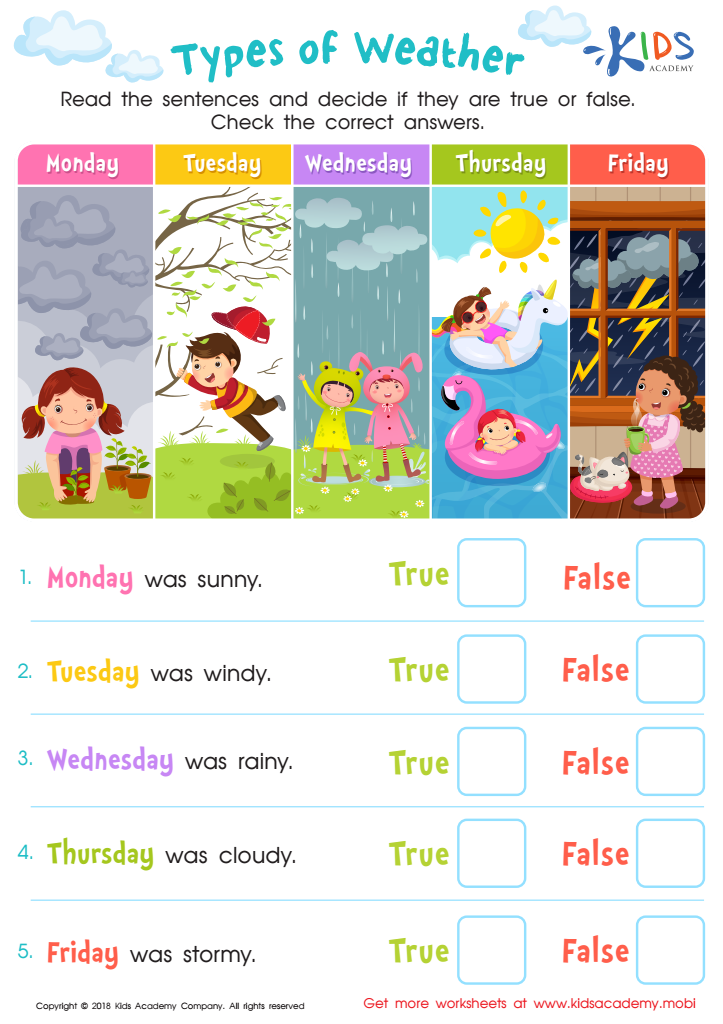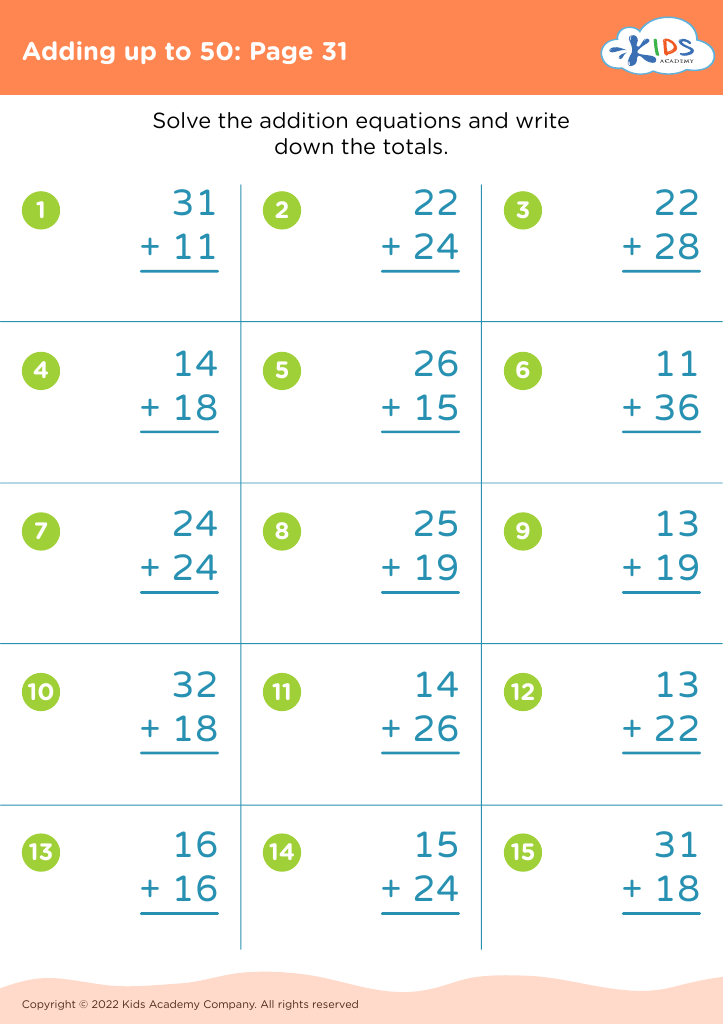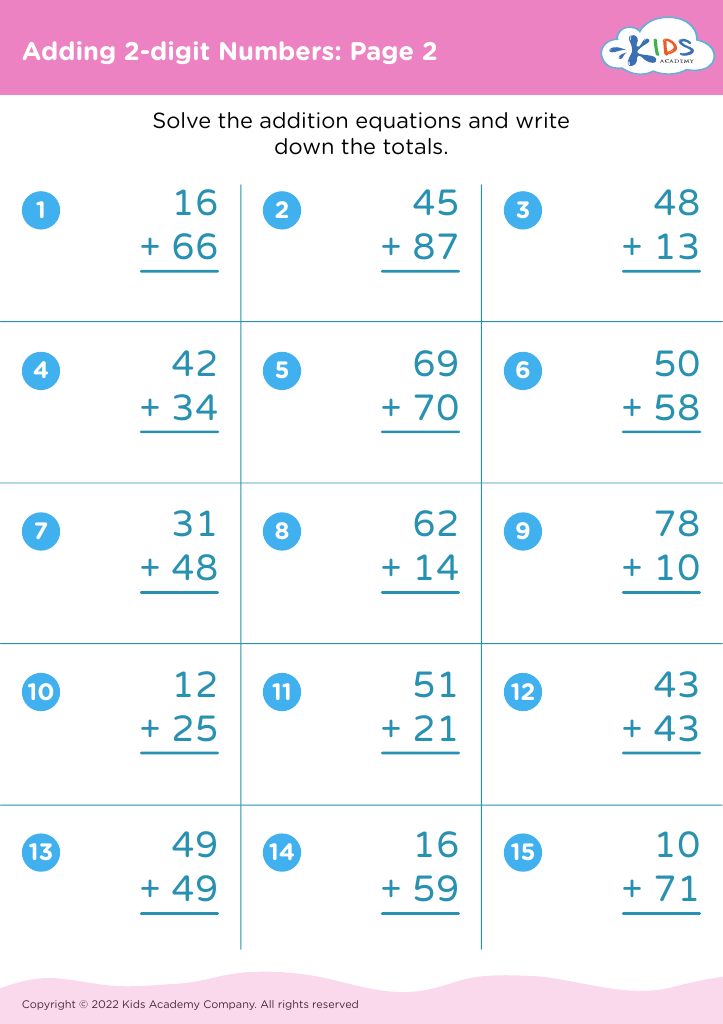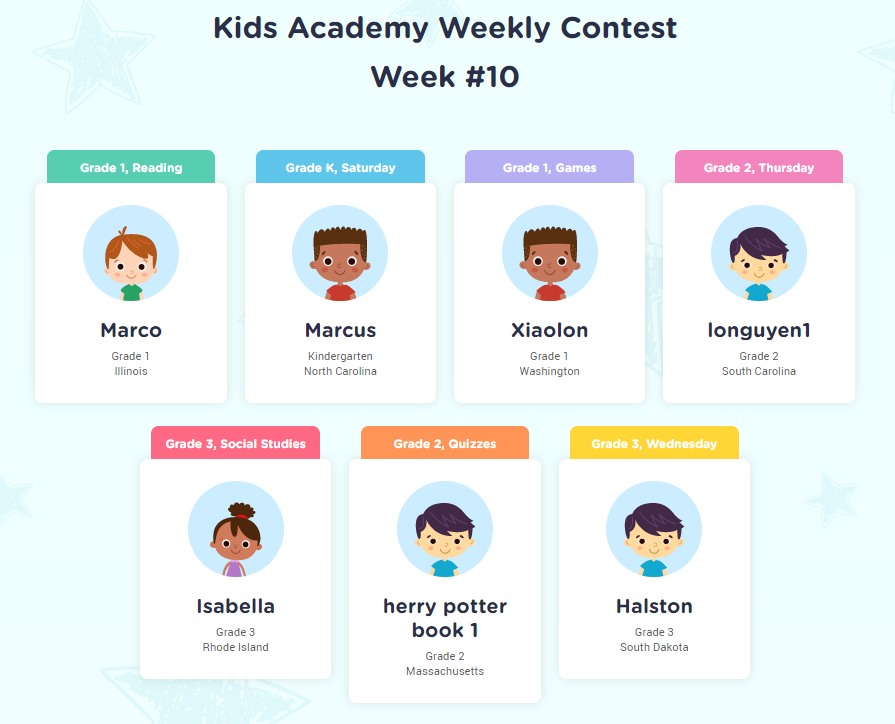Identifying patterns Worksheets for Ages 7-9
5 filtered results
-
From - To
Boost your child's critical thinking with our Identifying Patterns Worksheets designed for ages 7-9. These engaging activities help kids recognize, predict, and create patterns using shapes, numbers, and colors, paving the way for advanced math and logic skills. Each worksheet is crafted to be both fun and educational, ensuring that learning feels like play. Whether your child is working to understand complex sequences or simply honing their observational skills, our printable worksheets provide a hands-on approach to mastering pattern recognition. Prepare your young learner for future success with our expertly designed pattern worksheets!


Types of Weather Worksheet


Sequence: A Day at the Park Worksheet
Identifying patterns is crucial for children aged 7-9 as it lays the groundwork for important cognitive and academic skills. Parents and teachers who focus on nurturing pattern recognition are essentially helping children build a strong foundation in mathematics and logical thinking. Patterns enable kids to predict what comes next, which is a fundamental skill in problem-solving and coding. Recognizing patterns also enhances their ability to understand sequences, such as days of the week, seasons, and storylines.
In addition to academic benefits, identifying patterns can support children's learning in everyday activities and helps them make sense of the world around them. For example, understanding traffic light sequences or organizing daily routines more effectively. This skill fosters organizational abilities and attention to detail, which are valuable in all areas of life.
Furthermore, pattern recognition promotes critical thinking as children analyze, compare, and predict outcomes. This elevates their confidence in tackling more complex tasks, contributing to better academic performance and problem-solving abilities. Therefore, by focusing on pattern identification at this age, parents and teachers not only support immediate educational goals but also nurture lifelong skills that are critical for overall intellectual and personal development.


 Assign to My Students
Assign to My Students

















